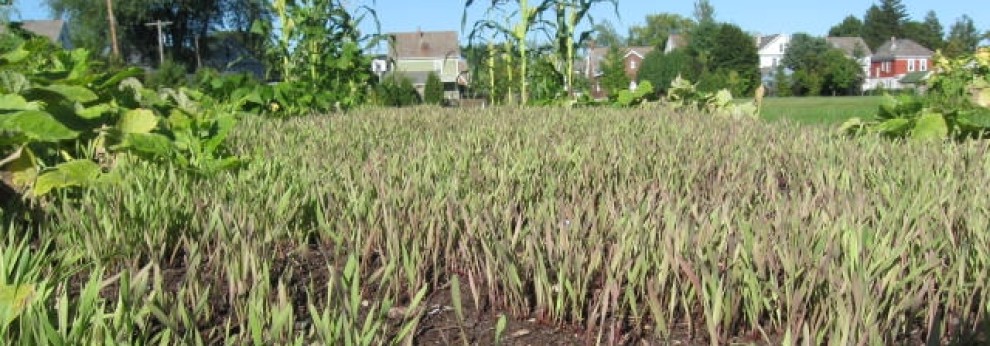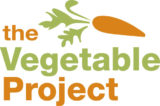 The tiny specs of green in the accompanying photo, taken in the morning on Sunday, Oct. 1, are arugula seedlings. We scattered arugula seeds four days earlier, on Wednesday, Sept. 27. It’s worth noting that some seeds still germinate at this late point in the season. We are fairly confident, if not 100 percent certain, that leaves on these plants still have enough time to grow to a size worth eating. And we would be even more sure if we protected them from frost with light garden fabric.
The tiny specs of green in the accompanying photo, taken in the morning on Sunday, Oct. 1, are arugula seedlings. We scattered arugula seeds four days earlier, on Wednesday, Sept. 27. It’s worth noting that some seeds still germinate at this late point in the season. We are fairly confident, if not 100 percent certain, that leaves on these plants still have enough time to grow to a size worth eating. And we would be even more sure if we protected them from frost with light garden fabric.
These seedlings are additionally notable. They’re part of what we might call an experiment, in fact a scientific experiment aimed at gathering ideas about engaging high school students. Vegetable Project volunteers organized an outing for an Albany High School biology class that included sowing a variety of cool-weather seeds, measuring soil pH and a couple of structured observations of the schoolyard environment. Students will track and measure growth of these and other seedlings over the next several weeks, will watch for the effect of a mild frost and a hard frost, and will explore fundamental ecological concepts such as interdependence, environmental succession and the impact of human activity.
Students in Wednesday’s class and another scheduled to work outside later this week will collect data that they can use to practice graphing. And we’ll return to the classes in the winter to see if we can lead students in putting observational skills and data handling skills to work in creating and conducting controlled experiments.
If the scientific work itself does not sound exceptionally ambitious, note that the hands-on nature of it, the experience in a real living in environment and the ownership of small plots provided to each student are far from standard operating procedure in the high school classes we are familiar with.
So why this experiment? Droves of students simply do not engage in the indoor classroom version of the same lessons. Just 44 percent of Albany High students scored 65 or better (https://data.nysed.gov/reportcard.php?instid=800000055743&year=2016&createreport=1®ents=1) on the New York state living environment Regents exam in the 2015-16 school year. We think the stimulation of being outside, including screeching at the sight of insects and seriously objecting to soiling hands, the realness of the work and the opportunity to point with pride to those arugula seedlings could make a difference.
In the short-term, however, all of this physical activity makes for rather disorderly classes. And that poses a challenge, too.
–Bill Stoneman



